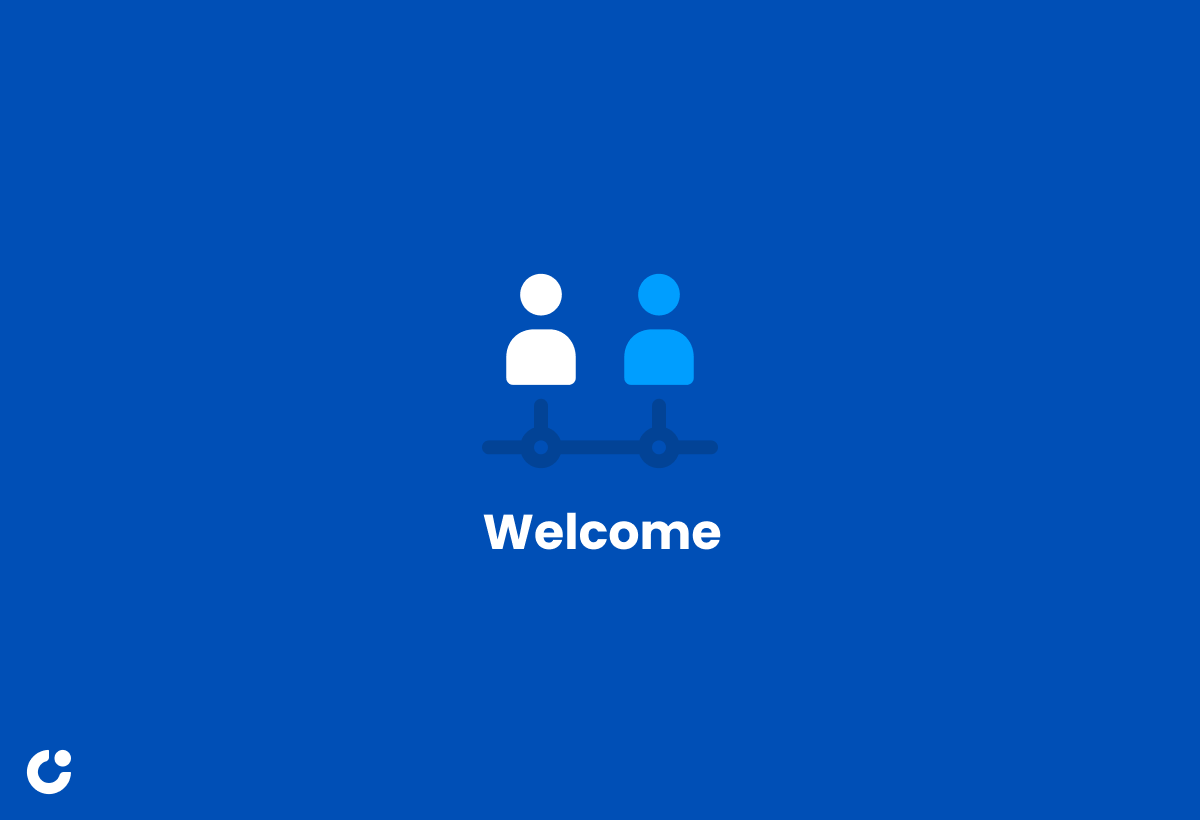Are you looking to make a lasting impression on your new employees from day one? Crafting a warm and welcoming email can set the tone for their experience with your company.
In this article, we will explore the importance of welcome messages, key elements of an effective welcome email, and the benefits of sending one. We will also provide examples of different types of welcome emails and offer tips for writing a personalized and engaging message.
Let's dive in and learn how to welcome new talent with open arms.
Key Takeaways:
A warm welcome email is crucial for making new employees feel valued and excited to join the team.
Including personalization, company values, and clear expectations can make for an effective and engaging welcome email.
A well-crafted welcome email can leave a lasting impression, drive employee engagement and retention, and pave the way for open communication and support within the company.
Introduction to Crafting a Warm Welcome Email for New Employees

Crafting a warm welcome email for new employees is a crucial step in setting the tone for their journey within the company. It provides them with the first glimpse of the company culture, introduces key team members, and conveys excitement about their addition to the team at [Company Name].
By sending a welcome email filled with warmth and enthusiasm, the company showcases its commitment to ensuring that every new employee feels valued and integrated from day one. This initial communication not only makes the newcomer feel appreciated, but it also helps them understand the values and expectations of the organization. Including details about the company's mission, vision, and goals in the welcome email can create a sense of purpose and belonging, setting a positive tone for their future contributions.
Importance of Welcome Messages for New Employees
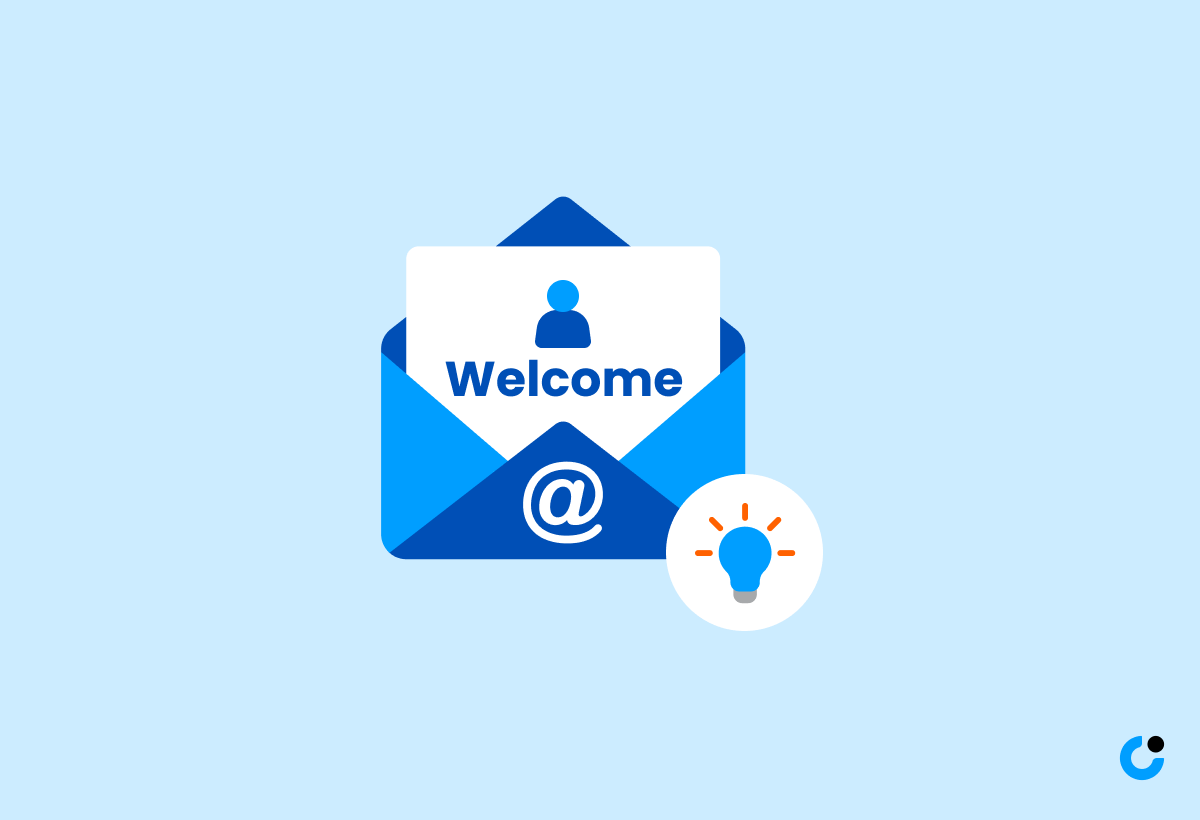
Welcome messages for new employees play a pivotal role in fostering a sense of belonging, engagement, and enthusiasm from the moment they join the team. They set the stage for a positive work culture, encourage individual growth, and enhance overall employee engagement within the organization.
Creating a warm and inclusive atmosphere during the recruitment process is crucial for welcoming fresh talents into the fold. These welcome messages serve as a roadmap for aligning new hires with the company's mission, values, and objectives. By acknowledging the significance of these messages, organizations can establish a strong foundation for long-term loyalty and commitment among employees. As new team members feel appreciated and valued right from the start, their motivation and dedication towards achieving shared goals are naturally amplified.
Key Elements of a Warm Welcome Email
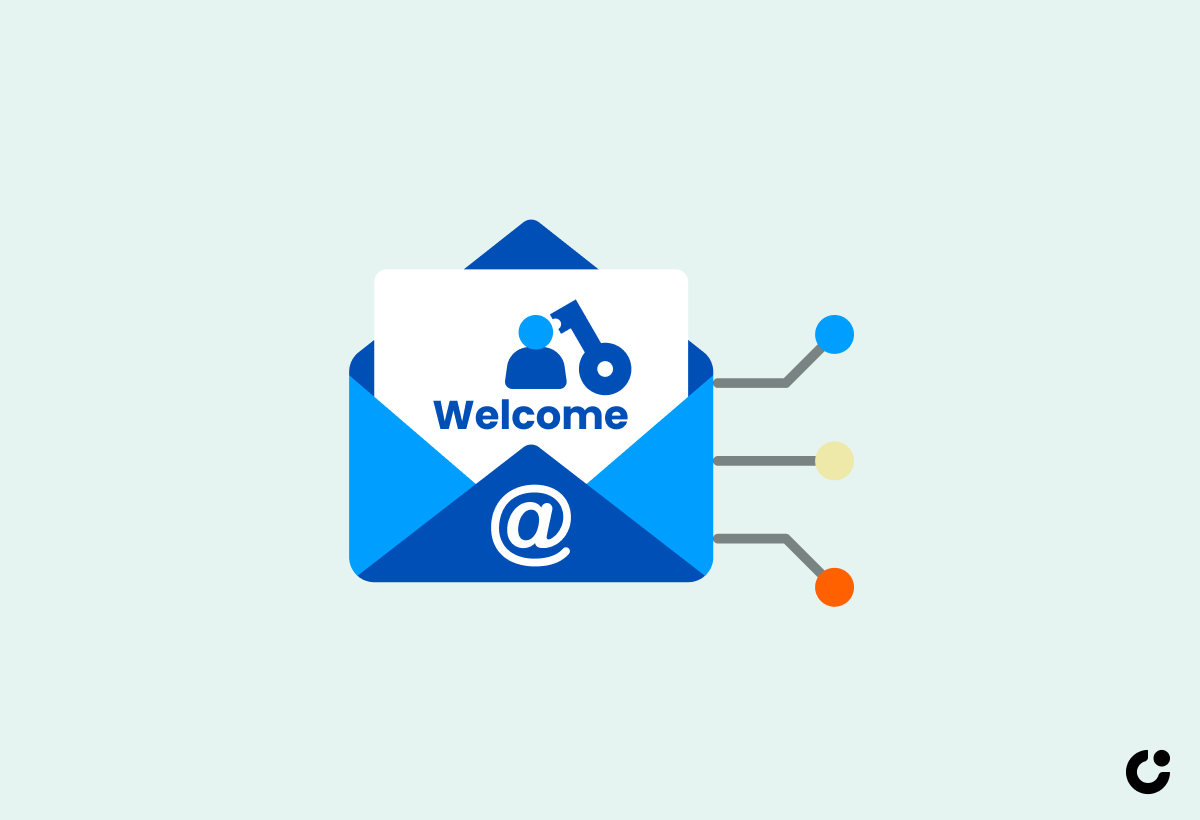
A warm welcome email should encompass key elements such as a friendly introduction to the team, an overview of the company's values and goals, details about the new employee's role and responsibilities, and a sense of excitement about their first day at work. Including company swag or tokens of appreciation can further enhance the welcoming experience.
Introducing the new team member to the company culture fosters a sense of belonging and shared purpose. Sharing anecdotes or quotes that reflect the teamwork spirit within the organization can inspire the newcomer and set the tone for collaboration.
Providing detailed information about the upcoming projects or initiatives showcases the innovation and opportunities for growth within the company. Clearly defining the new employee's tasks and objectives helps in building confidence and promoting a hard-working mindset from day one.
Benefits of Sending Welcome Emails
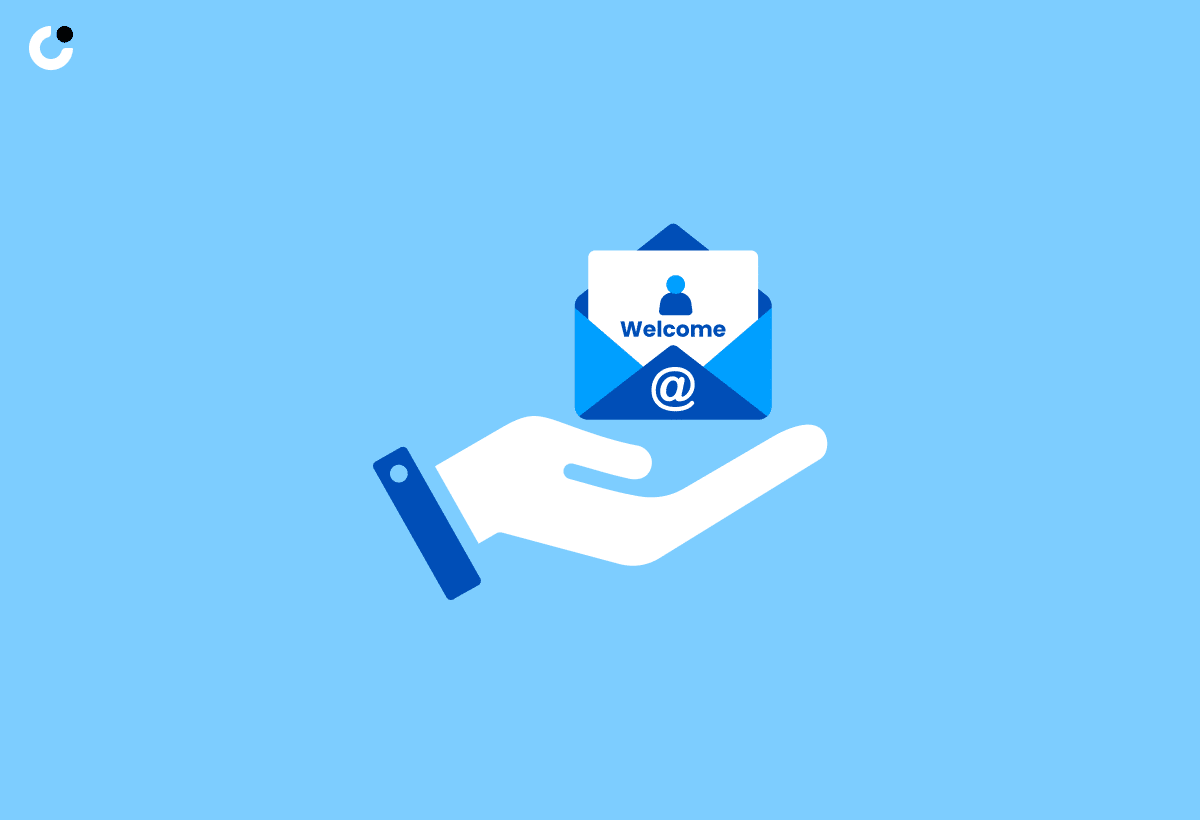
Sending welcome emails to new employees offers multiple benefits for both the company and the individual. It fosters a sense of community, promotes acceptance and optimism, encourages employee retention, and allows new hires to showcase their expertise and make valuable contributions from the start.
Welcoming new team members through these emails not only makes them feel valued but also provides them with essential information and resources to kickstart their journey within the organization. A well-crafted welcome email sets the tone for a positive work environment, where individuals feel appreciated and supported. This initial outreach helps in easing any anxiety or apprehensions new hires may have, reassuring them that their skills and experience are respected and needed. By recognizing the talents and potential of new employees right at the beginning, it sets a standard for collaborative success and mutual growth.
Examples of Effective Welcome Emails
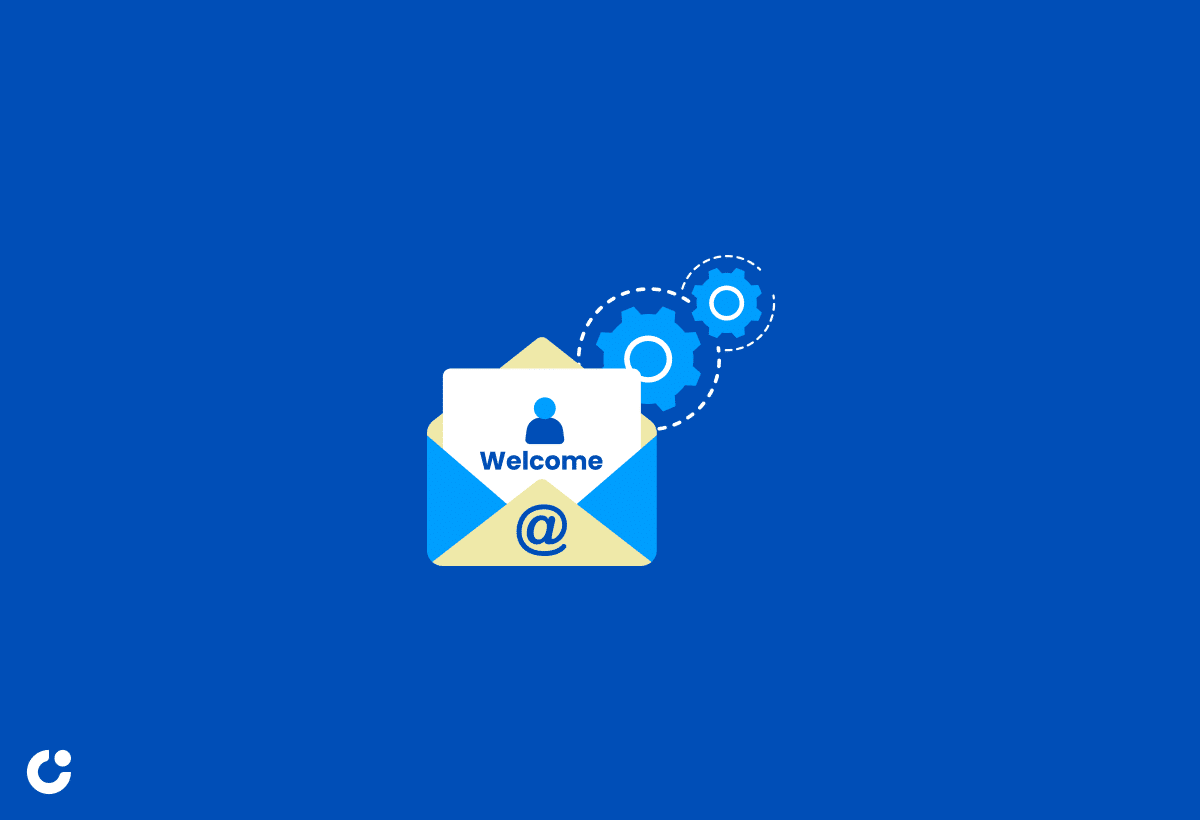
Effective welcome emails set the tone for a positive onboarding experience and establish a warm connection with new employees. Here are some examples of well-crafted welcome emails that showcase different approaches suited for various scenarios within the workplace.
For in-person workplace scenarios, the welcome email can include details about the team structure, key contacts, and upcoming events to help the new team member feel integrated from the start.
Remote employee onboarding emails should emphasize communication tools, virtual team-building activities, and one-on-one virtual introductions to foster a sense of belonging despite physical distance.
On the other hand, for newly relocated employees, the welcome email could highlight local resources, relocation support services, and personalized recommendations to help ease the transition and make them feel at home.
Team-wide introduction emails are great for encouraging collaboration, sharing fun facts about team members, and emphasizing the company's shared values to promote unity and camaraderie.
Casual Welcome Email for In-Person Workplace
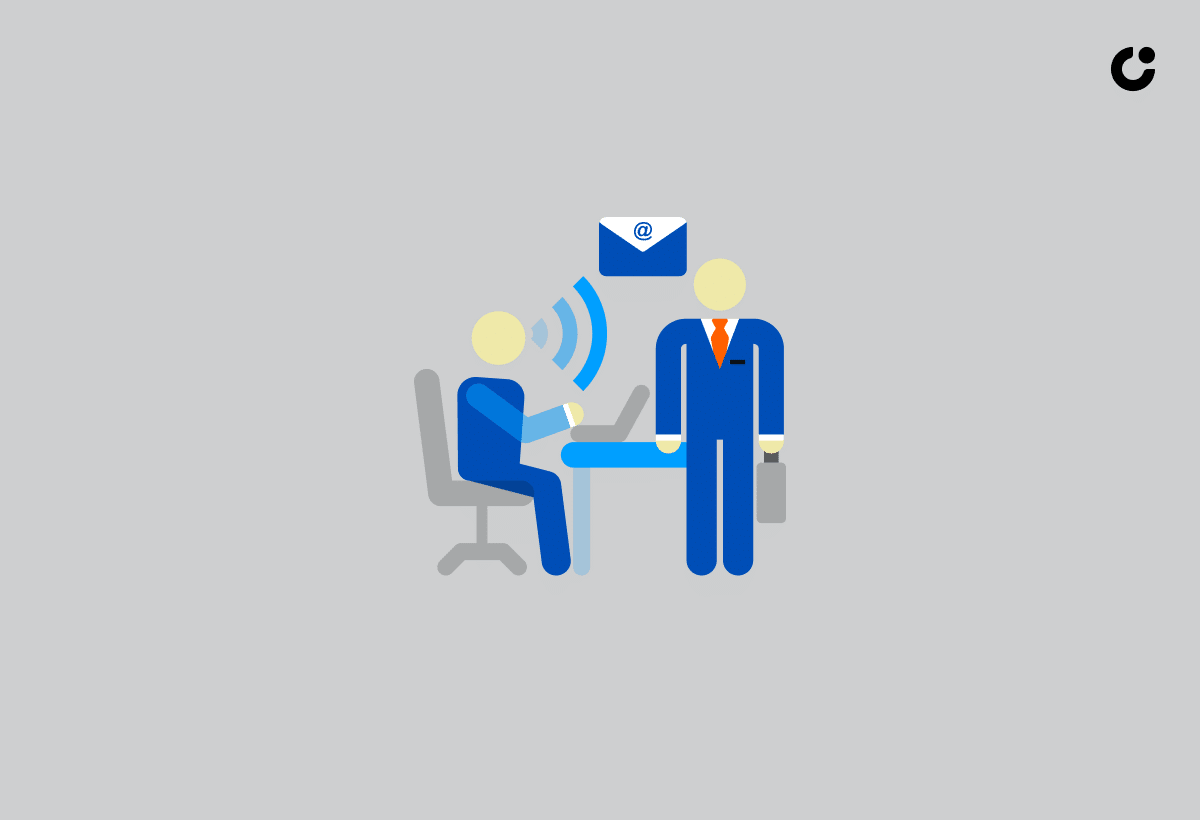
Crafting a casual welcome email for new employees joining an in-person workplace conveys the company's enthusiasm about their arrival, introduces key team members, and provides essential details about their role and responsibilities. It sets a friendly and inviting tone for their first day at work.
Starting a new job can be both exciting and a bit nerve-wracking. Our team at Company Name is thrilled to welcome you aboard! You'll have the pleasure of meeting some fantastic colleagues who are not just coworkers but consider themselves part of a supportive work family.
During your onboarding, you'll get a taste of our vibrant company culture that values collaboration, creativity, and continuous improvement. As you settle into your role, remember that your contribution matters, and your fresh perspective is eagerly anticipated.
Remote Employee Welcome Email Example
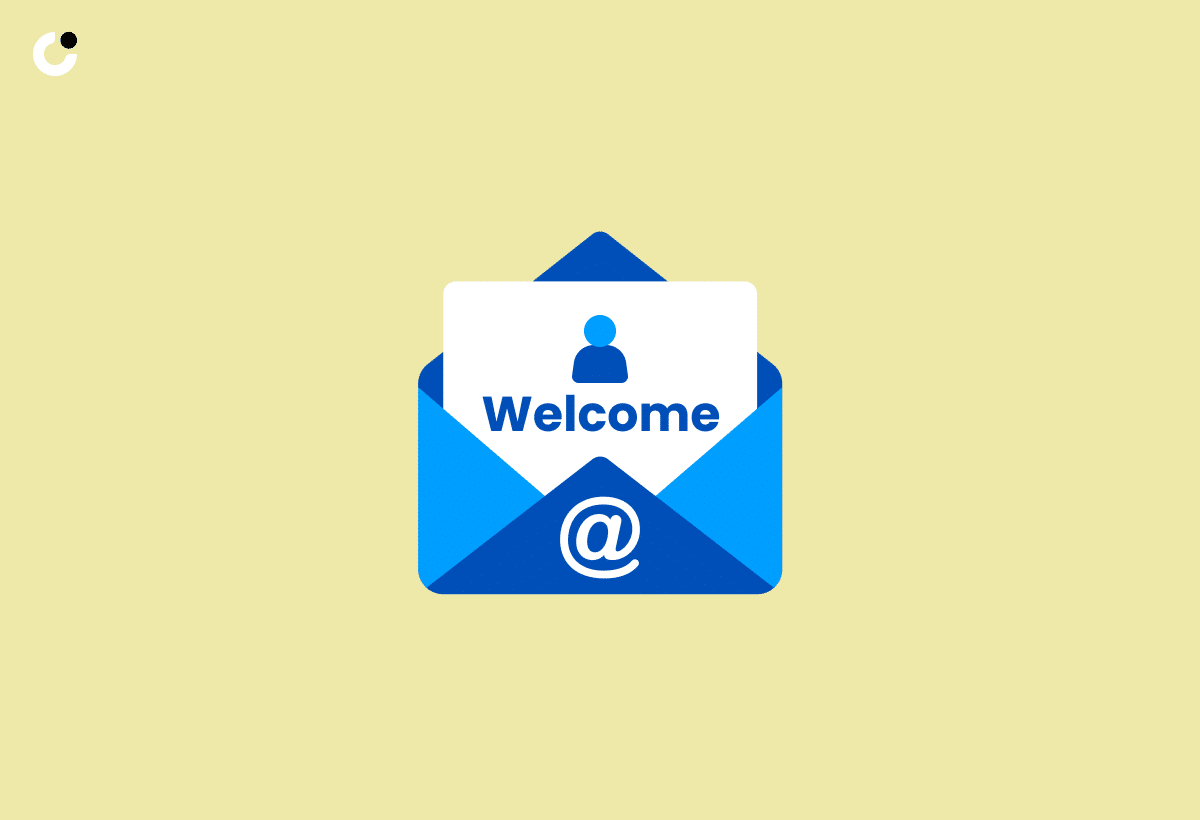
When welcoming a new remote employee, it's crucial to establish a strong sense of connection and belonging despite physical distances. The welcome email should outline the remote employee's role, emphasize the importance of teamwork, and offer resources for seamless integration into the team's workflow.
Setting up a successful virtual team requires more than just technical proficiency. Encouraging open communication through various platforms like Slack, Microsoft Teams, or Zoom meetings can bridge the gap between team members. Promoting regular check-ins not only for work updates but also to foster a sense of camaraderie is pivotal. Cultivating a culture that values collaboration, feedback, and transparency will give the power to remote employees to feel engaged and motivated in their roles.
Welcome Email for Newly Relocated Employee

For a newly relocated employee, a personalized welcome email can ease the transition and instill a sense of excitement about their new role and surroundings. It should highlight the company's support for relocation, introduce local resources, and express enthusiasm for their upcoming first day.
When navigating a new city, it's essential to feel connected to the community and comfortable in your surroundings. Our Employee Engagement Team is here to assist with any relocation queries, whether it's finding a favorite coffee shop or understanding public transportation.
We have compiled a helpful guide with tips on cultural integration, such as local customs, popular attractions, and language nuances, to help you feel at home in no time.
Remember, your journey is unique, and we are dedicated to ensuring a smooth transition and a fulfilling experience as you embark on this exciting chapter with us.
Fun Welcome Email From the Entire Team

A fun welcome email from the entire team can create a vibrant atmosphere for new employees, showcasing the company's collaborative spirit and commitment to fostering a positive work environment. It encourages engagement, growth, and a sense of community right from the start.
Within this interactive email, the team members can share their unique personalities and roles, making it easier for new hires to connect on a personal level.
Team-building activities
Icebreaker questions
Virtual meet-and-greets
can break the ice and help forge bonds quickly. Setting common goals and emphasizing teamwork right off the bat establishes a sense of unity and shared purpose, highlighting the company's focus on team dynamics and inclusive culture.
HR Manager's Welcome Email
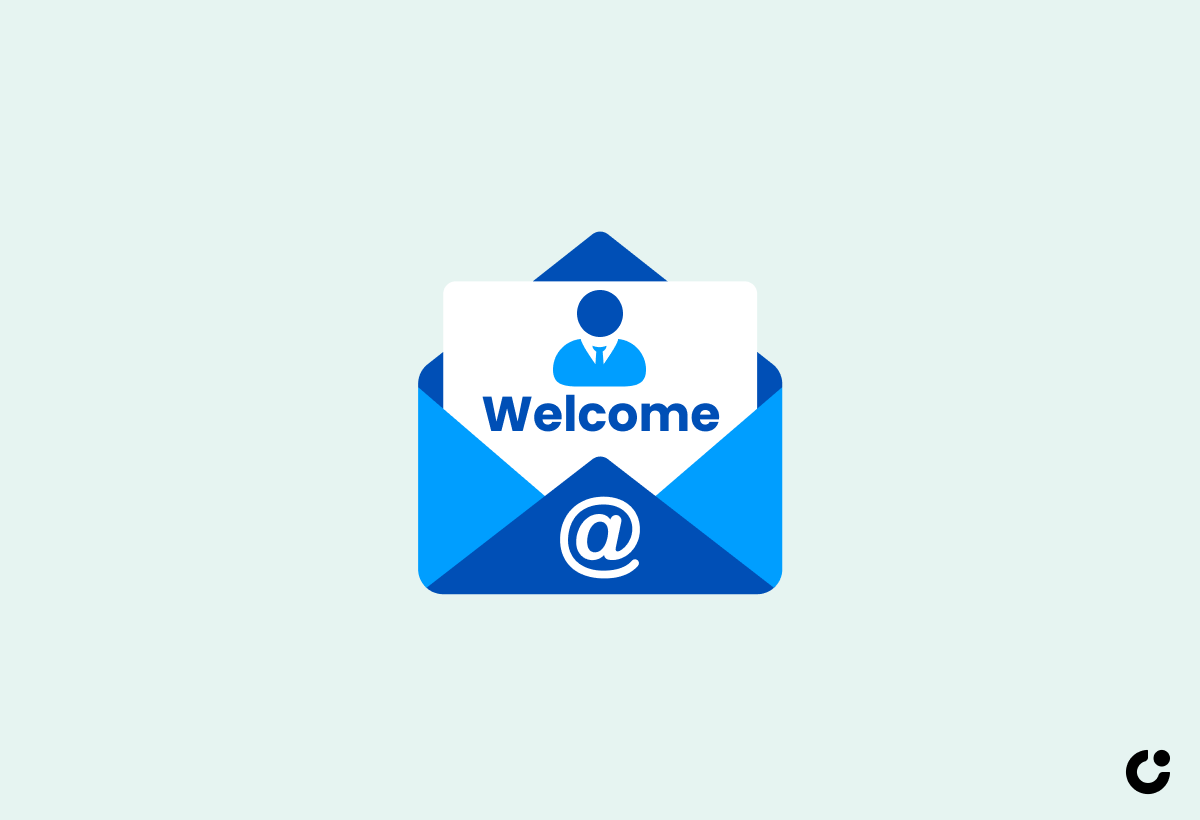
A welcome email from the HR manager serves as a formal introduction to the company's policies, procedures, and development opportunities. It conveys professionalism, emphasizes learning and growth within the organization, and sets the tone for ongoing engagement with the new employee.
Communication is a vital aspect of our company culture, and we believe in fostering a sense of belonging right from the start. Through our leadership training programs, we aim to equip you with the necessary tools and resources to excel in your role and beyond. Our commitment to continuous learning is reflected in the various avenues available for career development, ensuring that you have ample opportunities for personal and professional growth.
Tips for Writing a New Employee Welcome Email
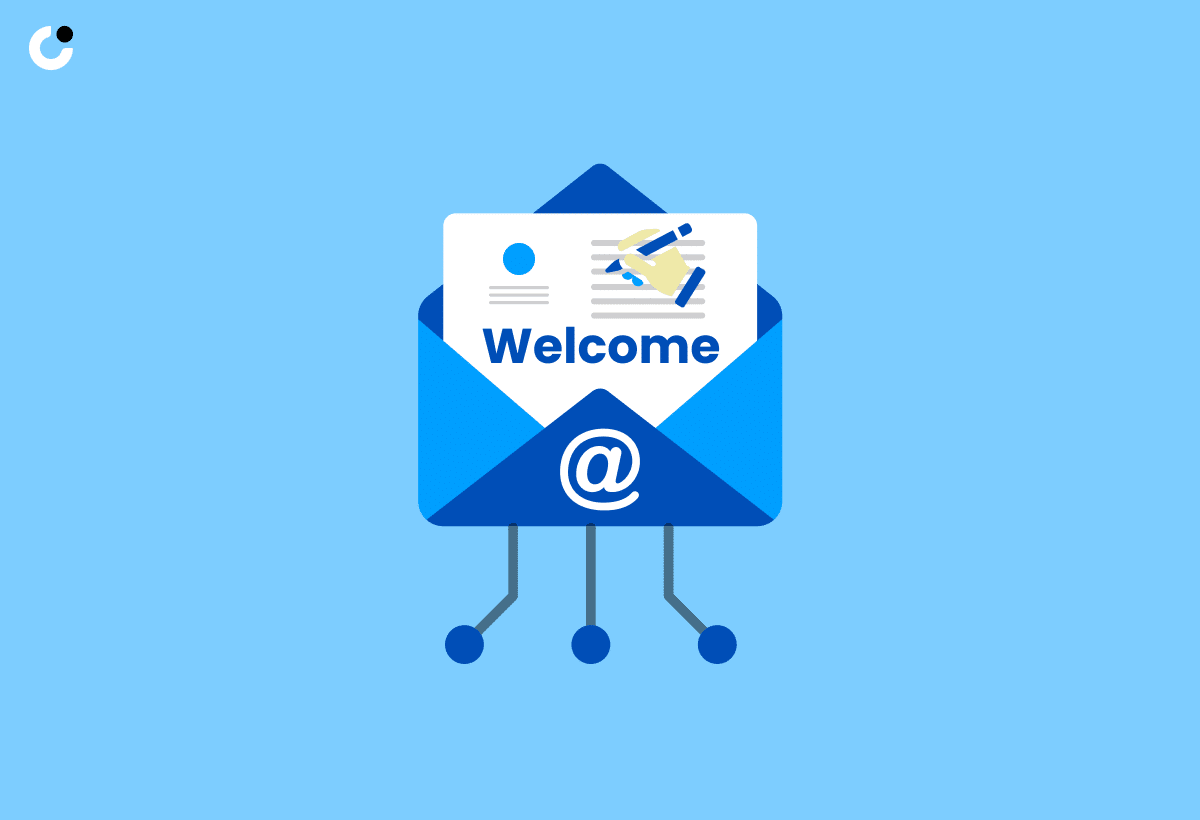
Crafting a compelling new employee welcome email requires attention to detail and a focus on personalization. It should reflect the company's culture, provide clarity on expectations, align with company values and goals, and encourage active engagement and open communication from the new team member.
One key aspect of a successful welcome email is to make it personal to the recipient, showing them that they are valued right from the start. This can include mentioning specifics about their role, referencing any shared interests or backgrounds, and expressing genuine excitement to have them on board. By doing so, you not only make them feel welcome but also begin to build a connection that fosters a sense of belonging and loyalty.
Personalization and Tailoring to Company Culture

Personalizing the welcome email and tailoring it to reflect the company's unique culture is essential in making new employees feel valued and connected from day one. It showcases the company's enthusiasm for welcoming individuals into a vibrant atmosphere that fosters growth and engagement.
By customizing the content of the welcome email, the organization can demonstrate a genuine interest in each new team member, setting a positive tone for their journey ahead. This personal touch not only helps in creating a sense of belonging but also reinforces the company's commitment to nurturing a supportive environment for all its employees. Aligning the email content with the company's values and mission helps in reinforcing these principles right from the start, enabling new hires to better understand and resonate with the organizational culture.
Clarity in Information and Expectations

Providing clear and concise information about the new employee's role, expectations, and the organization's structure sets a solid foundation for effective onboarding. It ensures that the new team member understands their responsibilities, knows what to expect, and feels excited about contributing to the company's goals.
When new team members have a clear understanding of their roles and responsibilities, it leads to smoother transitions and increased productivity. Clearly outlining the organizational structure not only helps them navigate within the company but also fosters a sense of belonging and purpose. By setting these expectations early on, both the organization and the employee can align their objectives, creating a positive work environment that promotes growth and success.
Inclusion of Company Values and Goals

Incorporating the company's core values and overarching goals in the welcome email reinforces the new employee's understanding of the organization's mission, vision, and culture. It sets a benchmark for alignment, encourages active contribution, and promotes ongoing engagement and learning.
By infusing these fundamental principles into the initial communication, new employees are greeted with a clear roadmap of what the company stands for and aspires to achieve. This not only imparts a sense of belonging but also plants the seeds for fostering a collaborative and supportive environment. When individuals connect with the company's values right from the start, they are more likely to feel motivated to actively contribute, share their unique perspectives, and contribute meaningfully to the organizational objectives.
Emphasizing these core tenets in the welcome email cultivates a culture of continuous learning and growth within the workforce. It signals to new team members that their development and evolution are key priorities, encouraging them to seek out opportunities to enhance their skills, expand their knowledge, and engage in professional growth initiatives. By incorporating learning opportunities into the introductory correspondence, leaders demonstrate their commitment to supporting the advancement of each individual, fostering a community where curiosity, creativity, and innovation thrive.
Encouragement for Engagement and Questions

Encouraging new employees to engage actively, ask questions, and seek out growth opportunities from the outset promotes a culture of continuous learning, collaboration, and community within the organization. It fosters acceptance, openness, and a supportive environment for individual and team development.
By embracing this growth mindset right from the start, individuals can not only enhance their own skills and knowledge but also contribute meaningfully to the collective success of the team.
Through welcome emails, new hires are encouraged to express their curiosity, share their ideas, and connect with colleagues to build a strong sense of belonging within the company community.
Remember, every question asked, every opportunity seized, and every interaction initiated paves the way for personal and professional development in the dynamic environment of the workplace.
Conclusion: Crafting a Lasting Impression with Welcome Emails

Welcome emails serve as powerful tools for creating lasting impressions on new employees, fostering acceptance, optimism, and growth within the organization. They play a vital role in enhancing employee retention, driving engagement, and establishing a welcoming atmosphere that supports long-term success.
When new employees receive well-crafted welcome emails, they feel valued and immediately connected to the company culture. This sense of belonging sets a positive tone for their entire journey within the organization. These emails not only convey essential information but also highlight the company's commitment to their growth and development. By instilling a sense of pride in their new roles, employees are more likely to engage actively, contribute effectively, and stay loyal in the long run.
Summarizing the Significance of Warm Welcome Emails
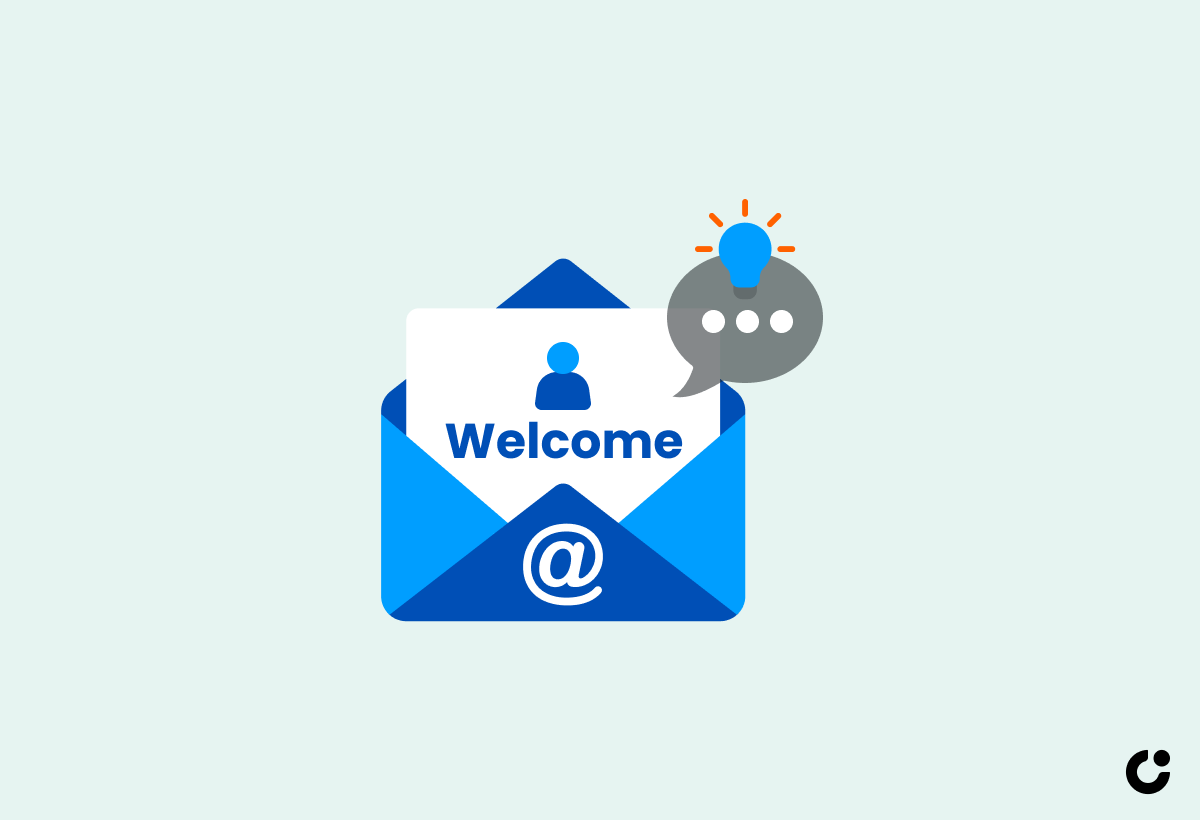
The significance of warm welcome emails lies in their ability to create a sense of community, promote acceptance and growth, support recruitment efforts, and showcase leadership's commitment to fostering professional engagement and development within the organization.
When new members receive warm welcome emails, they feel embraced by the organization from the start, setting a positive tone for their journey ahead. This positive reception contributes to forming strong bonds within the community and enhances employee satisfaction.
The impact of these emails extends beyond just making new members feel valued; it also plays a crucial role in successful recruitment. An organization that is known for its welcoming culture is more likely to attract top talent seeking a supportive and inclusive work environment.
By demonstrating leadership's proactive approach to engagement and growth, these emails reinforce the organization's commitment to developing its workforce and nurturing a culture of excellence.
Encouraging Ongoing Communication and Support

Encouraging ongoing communication and support post-welcome email is vital for sustaining employee engagement, fostering retention, and providing opportunities for continuous learning and growth within the organization. It reinforces a culture of open dialogue, support, and collaborative development.
Effective communication goes beyond the initial welcome message; establishing regular touchpoints and channels for feedback creates a dynamic environment where employees feel heard and valued.
When organizations prioritize continuous learning by offering training, mentorship programs, and skill development initiatives, it not only enhances employee capabilities but also boosts morale and job satisfaction.
Providing ongoing support mechanisms, such as coaching sessions, wellness programs, and career advancement opportunities, demonstrates a commitment to the individual's growth and well-being.
Driving Employee Engagement and Retention

Effective welcome messages play a crucial role in driving employee engagement and retention by fostering a positive atmosphere, promoting growth opportunities, enhancing productivity, and creating a supportive environment that encourages long-term commitment and active participation within the organization.
The impact of positive company atmosphere on employee engagement cannot be underestimated. When employees feel welcomed and valued right from the start, they are more likely to be motivated to contribute actively to the organization.
When growth opportunities are presented clearly in welcome messages, employees see a path for their development within the company, which fosters a sense of belonging and commitment. This sense of commitment translates into higher productivity levels and increased retention rates, as employees feel invested in the company's success.
Frequently Asked Questions
How can I create a warm welcome email for new employees?
To craft a warm welcome email for new employees, start by expressing your excitement for their arrival and thanking them for choosing to join your team. Share some information about the company culture and values, and include a personal message from the hiring manager or team leader. Be sure to include important details such as their start date, office location, and any necessary paperwork or tasks they need to complete before their first day.
What should I include in a welcome email for new employees?
A welcome email for new employees should include a warm greeting, introduction to the company, important information about their role and responsibilities, and any necessary next steps. You can also include helpful resources such as an employee handbook or a link to the company's intranet. Don't forget to provide contact information for the HR department or their direct supervisor in case they have any questions or concerns.
How can I make a new employee feel at ease through a welcome email?
To make a new employee feel at ease through a welcome email, be sure to use a friendly and welcoming tone. Share some fun facts about the company or team, and encourage them to reach out with any questions or ideas. You can also include a short video or photos of the team to help them put faces to names and get a sense of the office environment.
What is the purpose of sending a welcome email to new employees?
The purpose of sending a welcome email to new employees is to make them feel valued and excited about joining the company. A well-crafted welcome email can also provide important information and resources to help them smoothly transition into their new role. It sets a positive tone and helps to establish a strong working relationship from the very beginning.
How can I personalize a welcome email for new employees?
To personalize a welcome email for new employees, try to include specific details about their background or interests that were mentioned during the hiring process. You can also ask them to fill out a short questionnaire to get to know them better and use that information to tailor your welcome message. Additionally, be sure to use their name and avoid using a generic email template.
Do I need to follow up with new employees after sending a welcome email?
Yes, it is a good idea to follow up with new employees after sending a welcome email. This can help to ensure that they received all the necessary information and that they are feeling welcomed and supported. You can also use this opportunity to answer any questions they may have and provide additional resources or guidance as needed.

